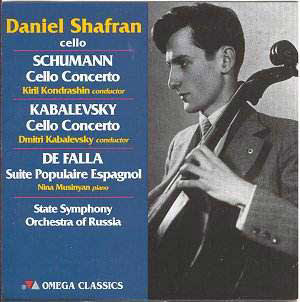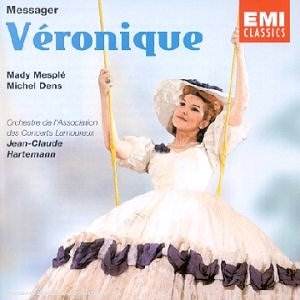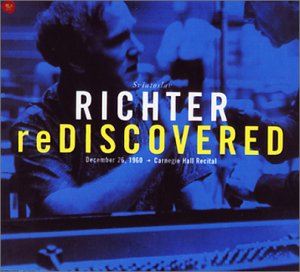 Composer: Robert Schumann
Composer: Robert Schumann
Works: Cello Concerto; Dmitri Kabalevsky: Cello Concerto; Joseph Haydn: Divertimento in D (arr. Piatigorsky); Manuel de Falla: Suite Populaire Espagnole (arr. Marechal); Ritual Fire Dance
Performers: Daniel Shafran, cello; Nina Musinyan, piano; State Orchestra of Russia conducted by Kyril Kondrashin (Schumann); State Orchestra of Russia conducted by Dmitri Kabalevsky (Kabalevsky)
Recording: 1952 (Kabalevsky), 1957 (other works)
Label: Omega Classics OCD 1026
Daniel Shafran, a titan of the cello from the Soviet Union, emerges in this compilation as a figure both distinct and engaging within the 20th-century classical landscape. His recordings, captured in the 1950s, provide an invaluable glimpse into the evolution of cello performance during a period marked by significant artistic and cultural upheaval. The juxtaposition of Schumann’s lyrical Cello Concerto with Kabalevsky’s more robust offering reveals the breadth of Shafran’s interpretive abilities, while also allowing listeners to appreciate the unique qualities of each work.
In Schumann’s Cello Concerto, Shafran embraces a rhetorical style that at times borders on the declamatory, particularly evident in the first movement where his phrasing is both expansive and dramatic. The high-lying passages are delivered with a striking vibrato, imbuing them with an emotional weight that complements Schumann’s inherent lyricism. Shafran’s interpretation showcases a propensity for dynamic contrasts, especially in the finale, where his bowing exhibits a passionate intensity that, while not always technically pristine, possesses a visceral excitement that captivates the listener. His decision to insert a personal cadenza is a bold choice, fraught with tension but ultimately thrilling, revealing an interpretative idiosyncrasy that differentiates him from contemporaries like Rostropovich.
Kabalevsky’s Cello Concerto, written in the aftermath of World War II, benefits from Shafran’s assertive yet pliable approach. Here, his ability to command the cello in emulation of Eastern wind instruments stands out, as does his rhythmic vitality. The opening movement’s flexibility, particularly in the slowing down towards its conclusion, illustrates Shafran’s keen understanding of the work’s character. Although the orchestral balance occasionally favors the soloist, leading to moments where the lower strings seem muddled, Shafran’s lean expressiveness shines through, especially in his prayerful passages that contrast effectively with the orchestra’s more robust sections.
Moving from the orchestral works to the piano collaborations, Shafran’s partnership with Nina Musinyan in the Haydn Divertimento is marked by a playful energy. His utilization of portamento—especially in the Adagio—reveals a thoughtful engagement with tone color, contrasting sharply with the vigor of the Minuet and Trio. The concluding movement showcases his penchant for quick, mischievous portamentos that add an element of surprise and delight.
The arrangements of de Falla’s Suite Populaire Espagnole, crafted by Marechal, allow Shafran to display a different facet of his artistry. His approach to the delicate nuances of “Nana” and the fervent expressiveness in “Polo” highlight an emotional depth that resonates throughout the performance. While Musinyan’s pianism complements Shafran’s phrasing, there are instances where Shafran’s transitions between slow and fast sections feel slightly disjointed, calling into question the cohesiveness of their partnership. This is particularly evident when comparing his interpretations to Marechal’s, whose earlier recordings exhibit a tautness that Shafran sometimes sacrifices for emotional breadth.
The disc concludes with a vivacious rendition of de Falla’s “Ritual Fire Dance,” a fittingly electrifying end to a program rich in diversity and interpretative zest. Shafran’s raw, expressive musicianship resonates within this energetic piece, encapsulating the essence of his artistic ethos.
Shafran’s recordings, although occasionally marred by the limitations of their time and acoustical engineering, present a compelling portrait of a musician whose interpretive choices are as distinctive as they are evocative. Each work on this disc reveals a commitment to emotional expression over technical perfection, offering a refreshing perspective on the cello repertoire. The historical significance of these performances cannot be overstated, as they illuminate not only Shafran’s artistry but also the broader narrative of the post-war Soviet musical landscape.



